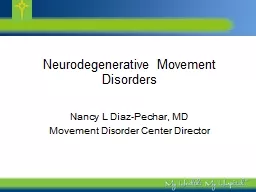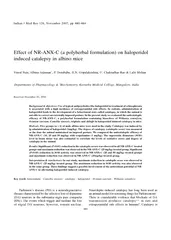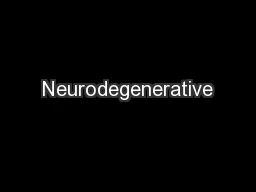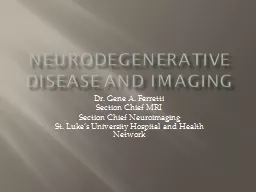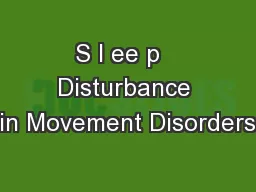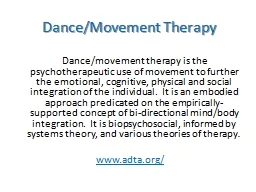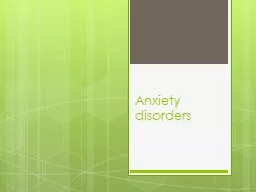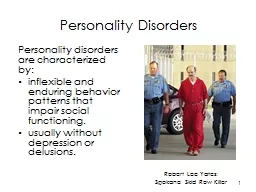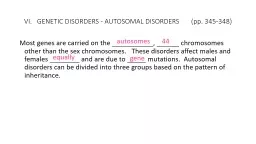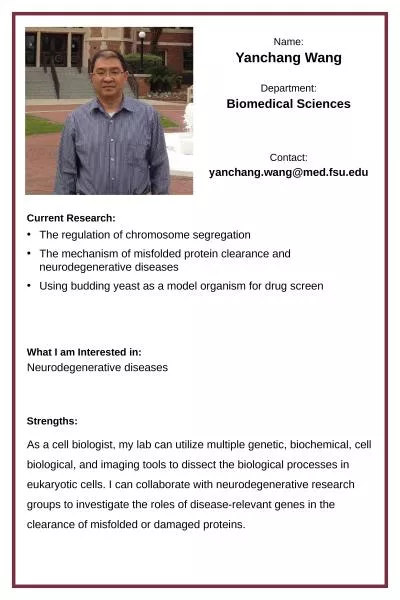PPT-Neurodegenerative Movement Disorders
Author : cheryl-pisano | Published Date : 2017-01-26
Parkinsonism Nancy L DiazPechar MD Movement Disorder Center Director Disclosure Dr Nancy DiazPechar has served as a speaker for Teva pharmaceuticals There are
Presentation Embed Code
Download Presentation
Download Presentation The PPT/PDF document "Neurodegenerative Movement Disorders" is the property of its rightful owner. Permission is granted to download and print the materials on this website for personal, non-commercial use only, and to display it on your personal computer provided you do not modify the materials and that you retain all copyright notices contained in the materials. By downloading content from our website, you accept the terms of this agreement.
Neurodegenerative Movement Disorders: Transcript
Download Rules Of Document
"Neurodegenerative Movement Disorders"The content belongs to its owner. You may download and print it for personal use, without modification, and keep all copyright notices. By downloading, you agree to these terms.
Related Documents

